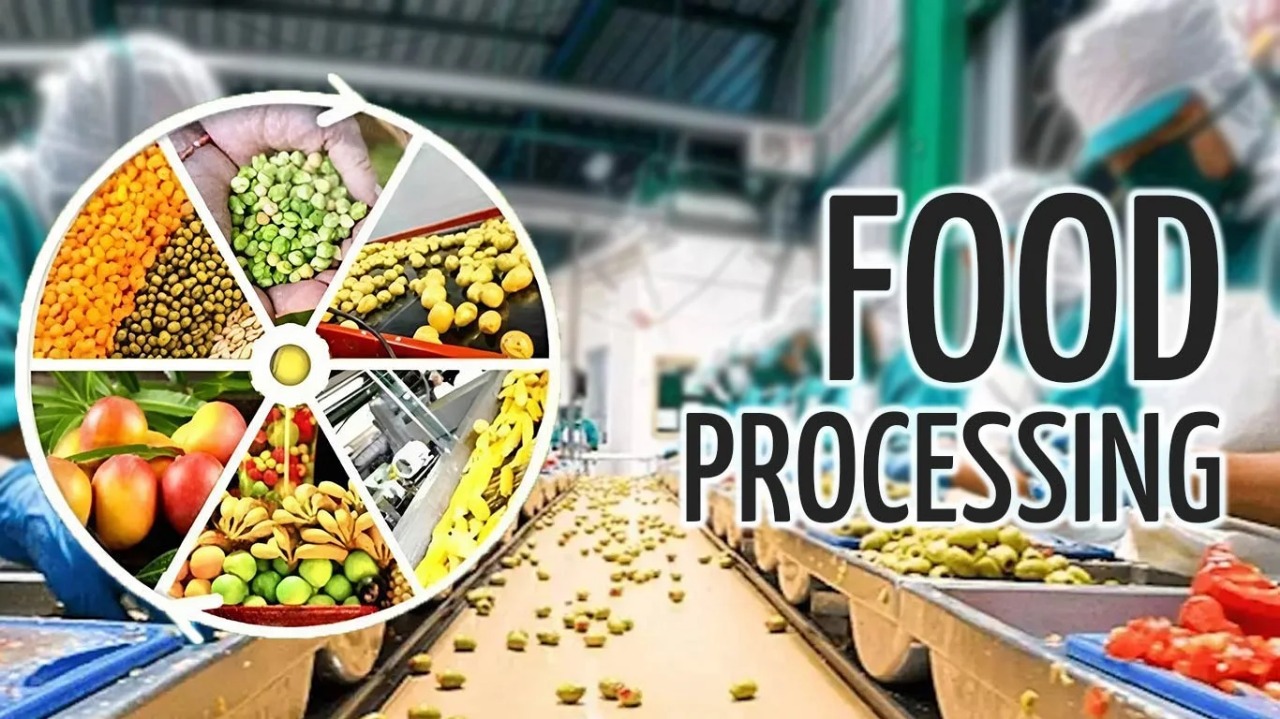
Follow WOWNEWS 24x7 on:

India’s vast agricultural and food processing sectors, along with the burgeoning service industry, face a critical talent shortage that could hamper their future growth and contribution to the national economy. Addressing this skills gap must become a national priority to ensure a resilient, innovative, and globally competitive agri-food system and service ecosystem.
Key Highlights Illustrating the Talent Challenge:
Agriculture and food processing jointly employ about 44 percent of India’s workforce. Yet, a very small fraction—approximately 3 percent—has undergone formal skill training. This results in underutilized human potential and productivity shortfalls.
The food processing sector, despite India’s status as one of the world’s largest producers of rice, wheat, milk, and fruits, remains significantly underdeveloped with low processing rates (only around 2.2 percent in fruits and vegetables). Insufficient skilled manpower in quality control, food safety, packaging, technology usage, and compliance constraints this growth.
Emerging technologies such as drones, robotics, and precision farming have revolutionized agriculture worldwide, but India faces severe shortages of skilled workers capable of operating these innovations, limiting precision agriculture’s penetration.
The service industry, particularly food safety, regulatory compliance, culinary arts, nutrition, and packaging technology experts, is experiencing a growing demand for qualified professionals to ensure high standards and market competitiveness.
Gender disparities, rural-urban divides, outdated training infrastructure, and lack of exposure to evolving market requirements exacerbate the talent shortage.
Strategic Importance of Addressing the Skill Deficit:
Food processing is a vital sector for adding value to agricultural produce, reducing post-harvest losses, enhancing nutritional quality, and generating rural employment, especially among women and youth. Strengthening human resource capabilities in this sector offers a high multiplier effect on jobs and rural incomes.
A skilled workforce enables higher compliance with evolving food safety legislation and international standards, crucial for boosting exports and investor confidence.
Upgrading agrarian skills aligns with the transformation from subsistence to profitable farming models, increasing farmers’ incomes, reducing dependence on traditional practices, and enabling adoption of modern methods critical for sustainable agriculture.
The service sector’s growth hinges on qualified professionals who can uphold quality, enhance client outcomes, and innovate product offerings, supporting India’s expanding domestic and global market presence.
Government and Industry Initiatives in Progress:
The Ministry of Food Processing Industries has launched national missions aimed at skill development, technology adoption, and market expansion, while fostering public-private partnerships to bridge supply-demand gaps in skilled labor.
Programs like the Agriculture Skill Council of India (ASCI) are conducting skilling initiatives covering various agri-occupation areas targeting youth empowerment, with a focus on boosting female workforce participation.
Efforts include hands-on trainings, certification aligned with National Skills Qualification Framework (NSQF), and digital learning modules to mainstream vocational education and make it aspirational to young people.
The ‘Make in India’ initiative emphasizes formalizing and scaling the food processing industry, including upgrading workforce skills to leverage mechanization and quality control.
Industry stakeholders are encouraged to integrate emerging technologies such as Industry 4.0 digital tools and automation, necessitating upskilling and reskilling to ensure employment adaptability.
Key Recommendations and Way Forward:
Formulate a comprehensive, coordinated national talent development strategy that spans agriculture, food processing, and allied service sectors with clear skill benchmarks and training targets.
Invest in modern training infrastructure with updated curricula emphasizing practical competencies, technological proficiency, regulatory knowledge, and soft skills.
Bridge rural-urban and gender gaps by deploying localized training hubs, e-learning, and inclusive outreach to marginalized communities, ensuring equal opportunity access.
Incentivize private sector participation in training delivery and provide career pathways linking skill acquisition to meaningful employment and entrepreneurship.
Promote awareness campaigns to reposition vocational education and skilled trades as respectable and viable career options, especially among youth and parents.
Enhance data-driven workforce planning and engagement platforms that match skilled talent supply with evolving industry demands, reducing mismatches and unemployment.
India’s demographic dividend, with a youthful population exceeding 65% under age 35, is a formidable asset. Capturing this opportunity to close the talent gap in agriculture, food processing, and services will decisively shape the country’s food security, economic resilience, export potential, and inclusive growth trajectory.
Sources: Centre for Processed Foods (CPF)




